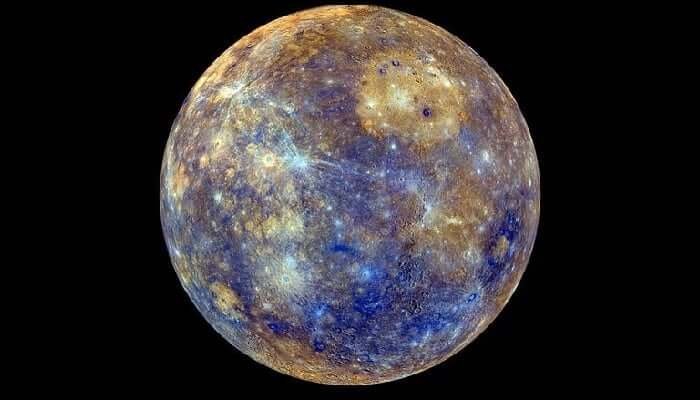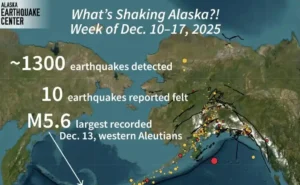Mercury, the smallest planet in our solar system, may hold a massive secret. Scientists from China and Belgium suggest that a thick layer of diamond, up to 10 miles deep, could be hidden beneath Mercury’s crust. To reach this conclusion, researchers analyzed data from NASA’s MESSENGER spacecraft, which orbited Mercury from 2004 to 2015.
Two processes may have created this diamond layer, according to the scientists. Firstly, the crystallization of Mercury’s magma ocean could have formed a thin diamond layer at the core-mantle interface. However, this process likely played a minor role. The main contributor was the crystallization of Mercury’s metal core, which was entirely liquid when the planet formed 4.5 billion years ago.
As the core cooled and solidified, carbon in the mantle transformed into diamond under extreme pressure. This diamond then rose to the top of the core, creating a distinct layer between the core and mantle. To test this theory, scientists replicated Mercury’s internal conditions using a large-volume press. They subjected synthetic magnesium silicate to immense pressure and heat, demonstrating how minerals would have changed during Mercury’s formation.
The results could indicate differences in how Mercury formed compared to Earth and Mars. Interestingly, scientists have previously suggested that over a quadrillion tons of diamond may be scattered beneath Earth’s surface, buried more than 100 miles deep. While this discovery is fascinating, it’s essential to note that the diamond layer on Mercury is still theoretical and requires further research to confirm.
The study’s findings, published on June 14, offer new insights into Mercury’s internal structure and composition. As scientists continue to explore our solar system, they may uncover more secrets hidden beneath the surfaces of other planets.












